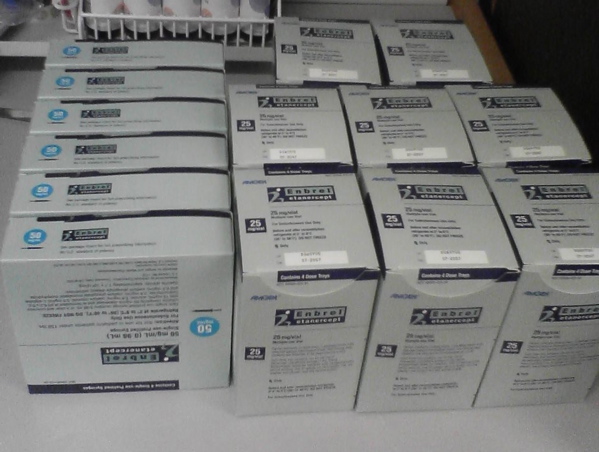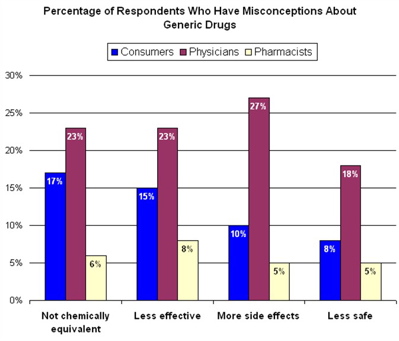Today before my shift I got a phonecall asking me to stop by one of our other stores to pick a mis-delivery of Enbrel that had been delivered the day before.
Lucky for us, the pharmacist over there opened the box and saw what it was and was able to refrigerate it before it got warm. What you see in the picture below has an AWP of…
$15,151.48
I wonder if armored car drivers often make delivery errors on this scale? And if their deliveries have to be stored at a specific temperature? ;)
To give you an idea of how valuable this is, the entire volume of liquid here is 56mL. Assuming that it has the density of water, that means there’s 56g of fluid, which is a hair under 2 ounces.
Right now, Gold is sitting at $480 an ounce. Platinum is sitting around $1217 an ounce. Enbrel has a value of $7500 an ounce.
Oopsie.

[tags]Medicine, pharmacy, Enbrel[/tags]


